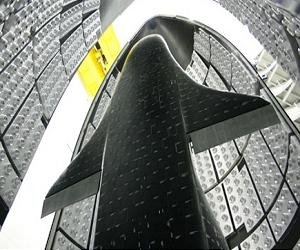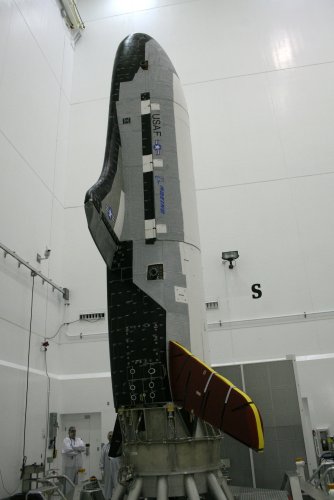Byeman said:
I meant the shuttle deployed MISTY and it wasn't hidden, hence any spacecraft deployed from a X-37 derivative wouldn't be hidden.
[/quote]
Byeman, judging by your choice of name i'm certain you know know more about this matter than I.
"ZIRCONIC is a security channel behind the traditional BYEMAN compartments which reportedly contains stealth satellite programs such as MISTY (AFP-731) and PROWLER. NEBULA is the program name covering work on the general concept and technology of stealthy satellites."
But if you'll indulge the spaculation? you are correct that the shuttle was used and really, that's my point!
Dedicated DOD Shuttle missions were difficult to hide, as evidenced by our knowledge of misty. Clearly someone was observing and the relevent alphabet groups were smart enough to anticipate this would happen and arrange a diversion ie. a simultaneous "stealth mode activation"

and the generation of a debris field in order to make it appear that a disastrous failure had occured (this is clearly an unsustainable tactic)
If DOD has its own space plane, every mission is a military one...... If the space plane has a long loiter time and a significant maneuvering capability, an observers tracking demands are greatly increased..... If a new generation of small* satelites that are stealthy "straight out of the payload bay" existed??? Obviously this is all speculation on my part, still it might be a good outcome for a craft that nobody was really that interested in.
*to be clear misty was a beast, I'm certainly not suggesting that the X37B could be used to launch one of those buggers.
Building on Sundog's idea, any payload on the X37 is small, consequently any hypothetical small stealth satellite would have a significantly reduced capability, at least in terms of fuel supply and may require "lifetime expansion" via refueling or bringing home to fill up (might as well take a new one up when going to pick up the old one?)
Or maybe it's a PGS orbital sniper (how long would a 500 pounder take to fall from this crafts altitude)
Most likely though, it's a fairly mundane X-Plane





